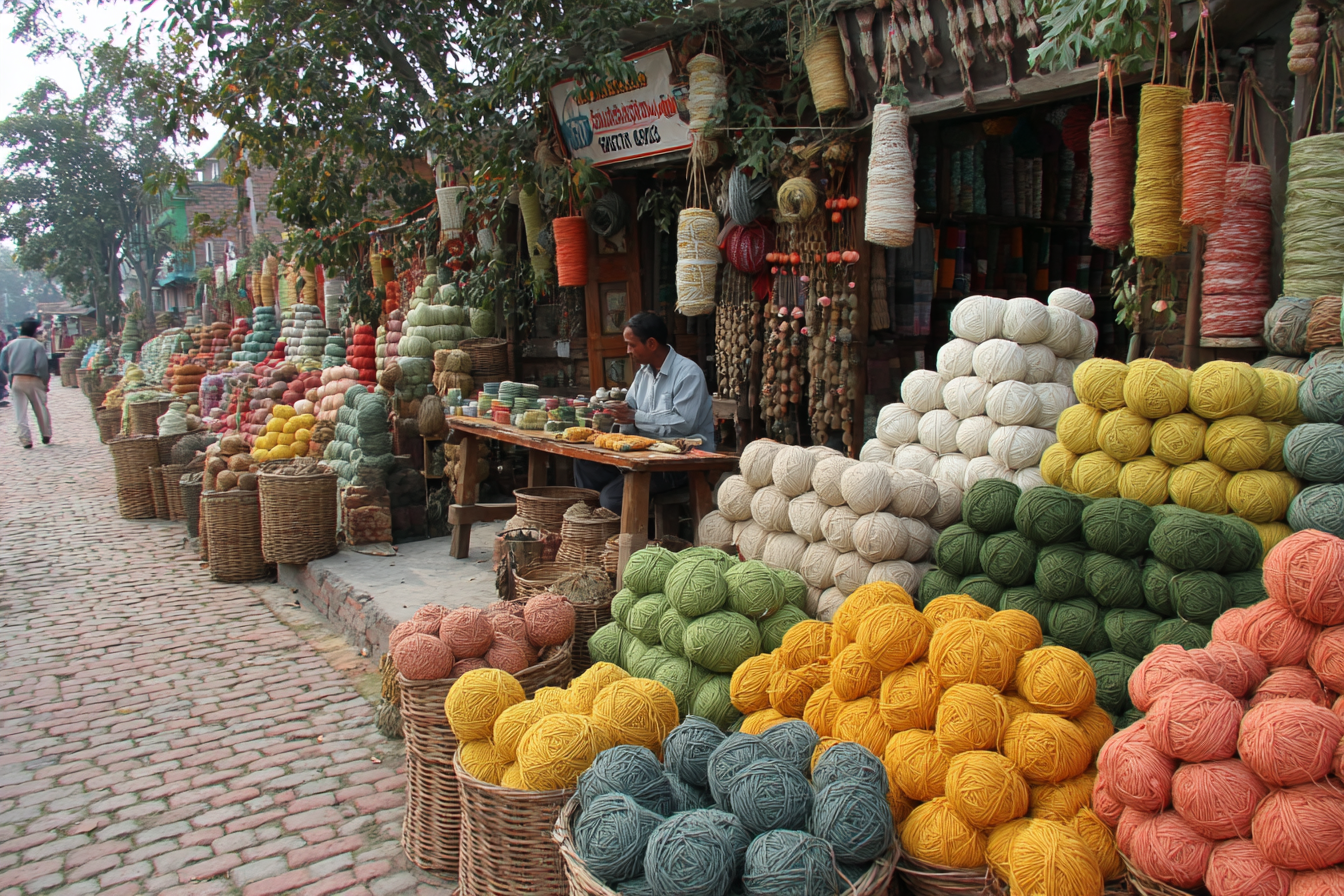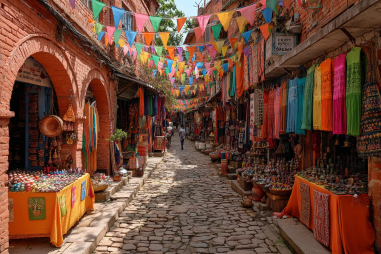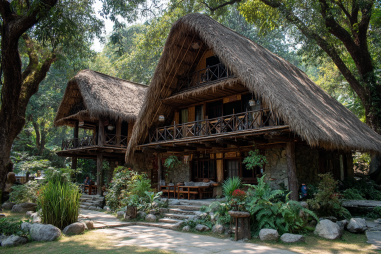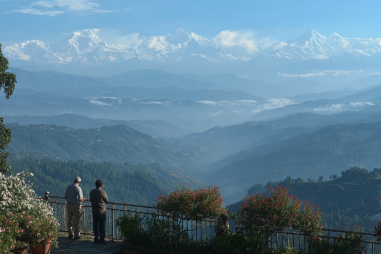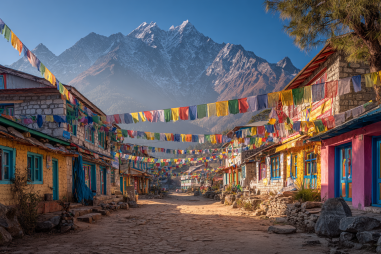Lumbini, famously known as the birthplace of Lord Buddha, is a place steeped in spiritual significance. However, beyond the serene temples and sacred sites, Lumbini offers a rich tapestry of cultural experiences waiting to be discovered. From bustling local markets to vibrant festivals and authentic culinary delights, the city presents a unique opportunity to immerse yourself in the traditions and everyday life of the region. Whether you are a culture enthusiast or a curious traveler, exploring Lumbini’s cultural attractions beyond its temples adds a rewarding dimension to your visit.
Exploring Lumbini’s Cultural Landscape
While millions visit Lumbini for its spiritual heritage, the cultural landscape here is equally fascinating. The region is home to diverse communities, including ethnic groups such as the Tharu, Magar, and Brahmin, each contributing to the local customs, arts, and crafts. This blend is visible not just in the vibrant festivals but also in the everyday fabric of life—from the traditional clothing to the music and dance forms that punctuate celebrations.
Understanding this cultural landscape offers deeper insight into how the people of Lumbini live and celebrate their heritage. It encourages visitors to look beyond religious sites and engage with the living traditions of the area.
Local Markets and Craft Shops
One of the best ways to experience Lumbini’s culture first-hand is by visiting its local markets and craft shops. These lively places are treasure troves for distinctive handicrafts, traditional textiles, and souvenirs made by local artisans. The markets brim with vibrant colors and the aroma of local produce, offering everything from handwoven fabrics to wooden carvings and traditional jewelry.
You can find exquisite Tharu handicrafts, known for their intricate beadwork and embroidery, that make perfect mementos or gifts. Additionally, many stalls offer Buddhist art pieces, including statues, prayer flags, and paintings that reflect the religious heritage blended with local craftsmanship. Vendors are often eager to share the stories behind their crafts, providing authentic cultural insight and making the buying experience more meaningful.
Lumbini Museum and Historical Exhibits
A visit to the Lumbini Museum provides a comprehensive look at the region’s rich history and cultural evolution. The museum houses an extensive collection of artifacts related to the life of Buddha, archaeological finds, and displays on the cultural practices of local communities.
Exhibits include ancient sculptures, old manuscripts, and interactive displays that bring the story of Lumbini to life. The museum also highlights the diverse ethnic groups inhabiting the region, illustrating their unique contributions to the cultural mosaic of Lumbini. For history buffs and cultural explorers, this museum is a vital stop to deepen understanding of both ancient and contemporary traditions.
Annual Festivals and Cultural Events
Lumbini’s calendar is dotted with numerous festivals and cultural events that provide a fabulous opportunity to witness traditional rituals, music, dance, and food in full flow. Many of these events celebrate Buddhist anniversaries, local harvests, or ethnic celebrations, each adding layers of meaning to the cultural scene.
One of the most celebrated events is Buddha Jayanti, marking the birth of Lord Buddha, when pilgrims and locals come together for religious processions, chanting, and cultural programs. Another important occasion is the Tharu Festival, which showcases the traditional dance, music, and attire of the indigenous Tharu people. These festivities are vibrant displays of community spirit and are welcoming occasions for visitors eager to learn and participate.
Traditional Food Experiences
The culinary traditions in Lumbini offer another rich avenue to explore culture. Local food is hearty and flavorful, reflecting the agricultural roots and diverse ethnic influences of the region. Visitors can savor authentic dishes in small eateries, community homes, or during festival celebrations.
Dishes such as “Dhido” (a traditional porridge made from millet or buckwheat), “Tharu fish curry,” and various lentil-based meals highlight the local palate. Street vendors also offer snacks like momos (dumplings), which have become synonymous with Nepali cuisine. Sharing meals with locals not only provides a taste of Lumbini’s heritage but often acts as a gateway to meaningful conversations and cultural exchange.
How to Engage with Local Communities
Engaging with the local communities in Lumbini enhances your cultural experience and supports sustainable tourism. Visitors can participate in community-based tours that include home visits, handicraft workshops, and cultural performances. Many local NGOs and tour operators facilitate such interactions to ensure respectful and enriching exchanges.
Additionally, learning a few phrases in the local language, showing genuine interest in customs, and respecting community norms go a long way in fostering goodwill. Volunteering opportunities in cultural preservation or educational projects also exist for those wanting a deeper connection during a longer stay.
Immersing Yourself in Lumbini’s Cultural Fabric
Discovering the cultural attractions of Lumbini beyond its temples adds an invaluable dimension to any trip. These experiences bring the city’s vibrant traditions to life, allowing travelers to connect on a human level with the people, history, and soul of the region. From browsing colorful markets and museums to taking part in lively festivals and tasting authentic cuisine, every step invites a richer, more fulfilling journey.
Ultimately, immersing yourself in the cultural fabric of Lumbini not only enriches your visit but also contributes to the preservation of these precious traditions for future generations to enjoy.

